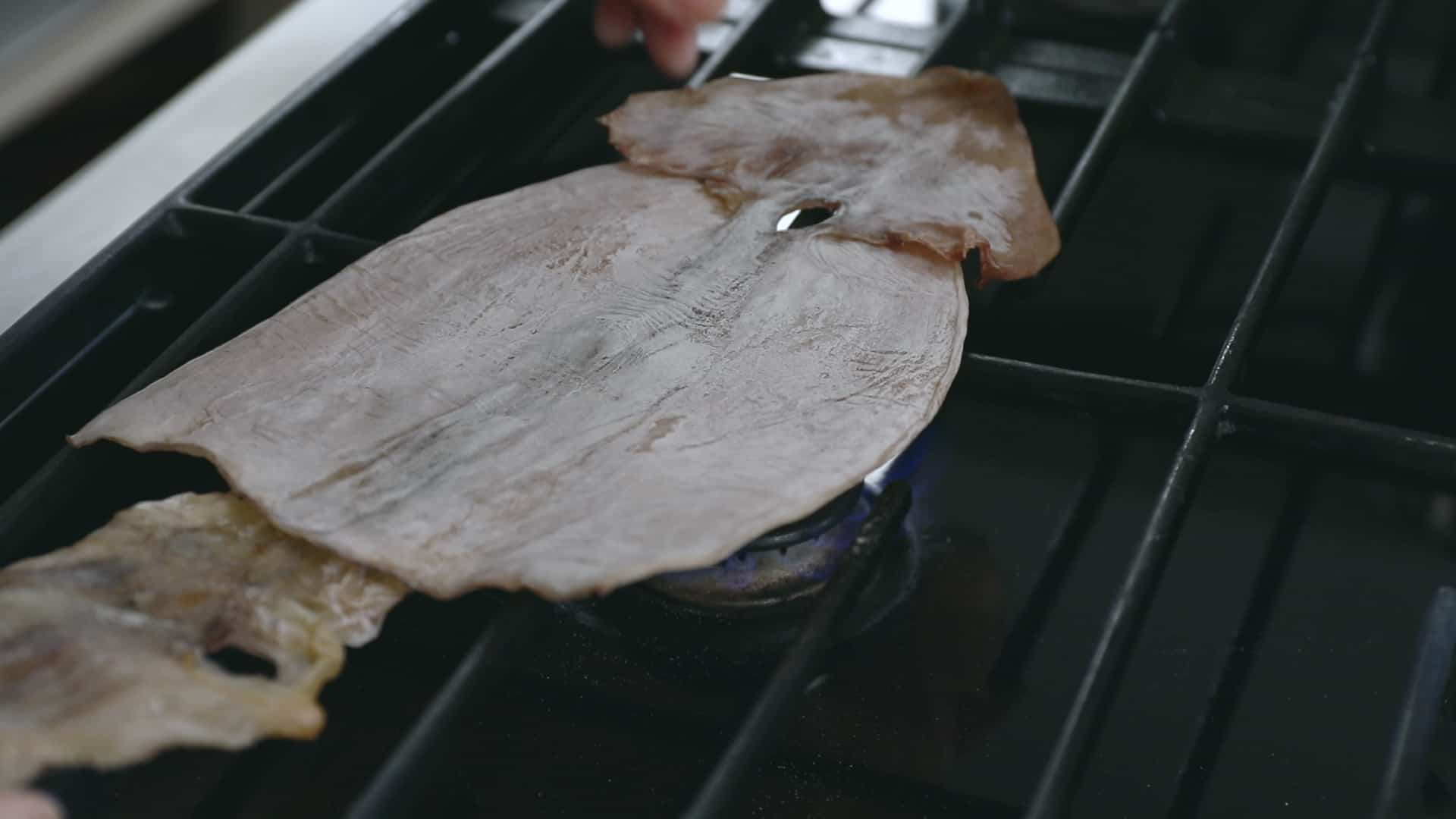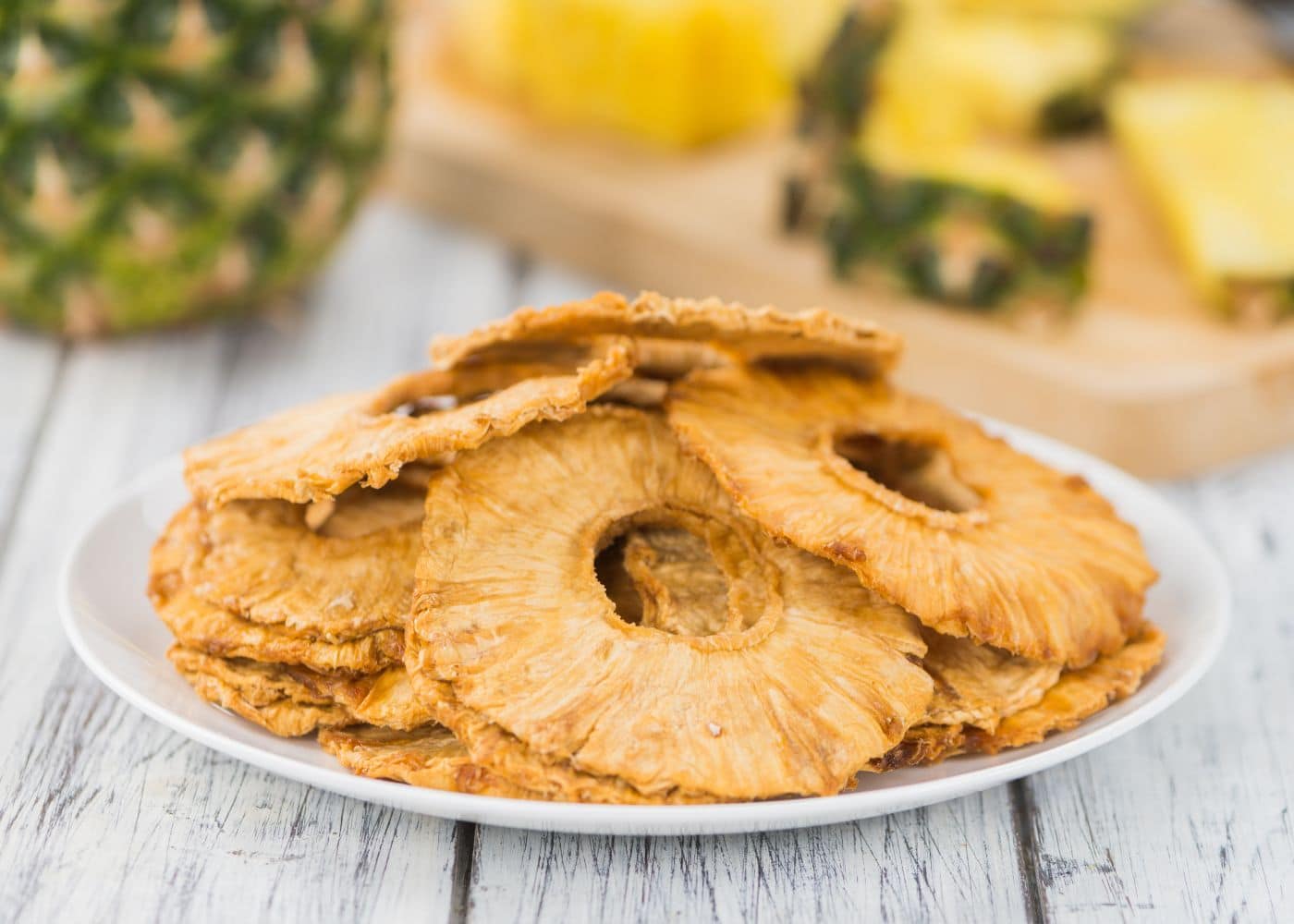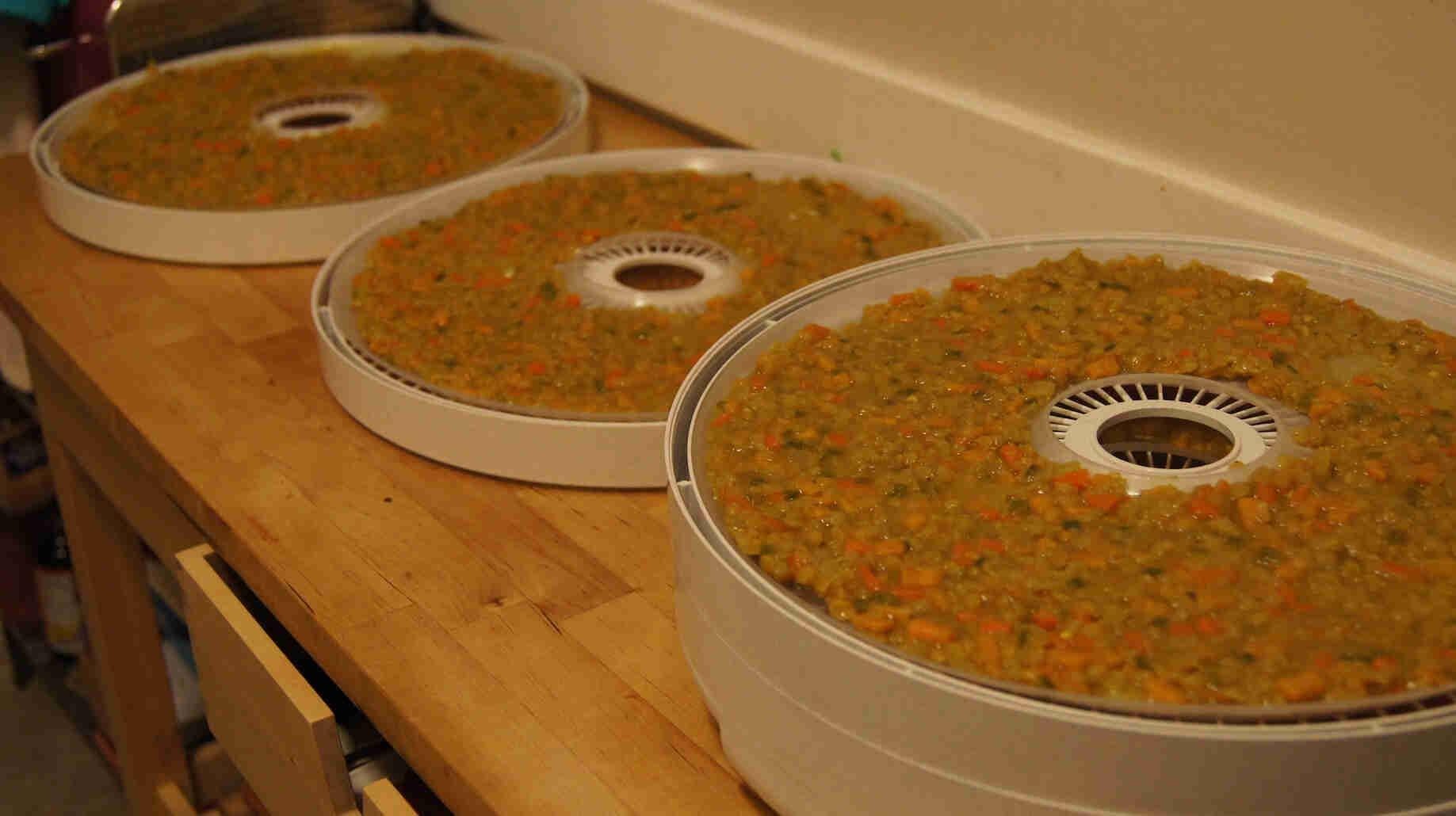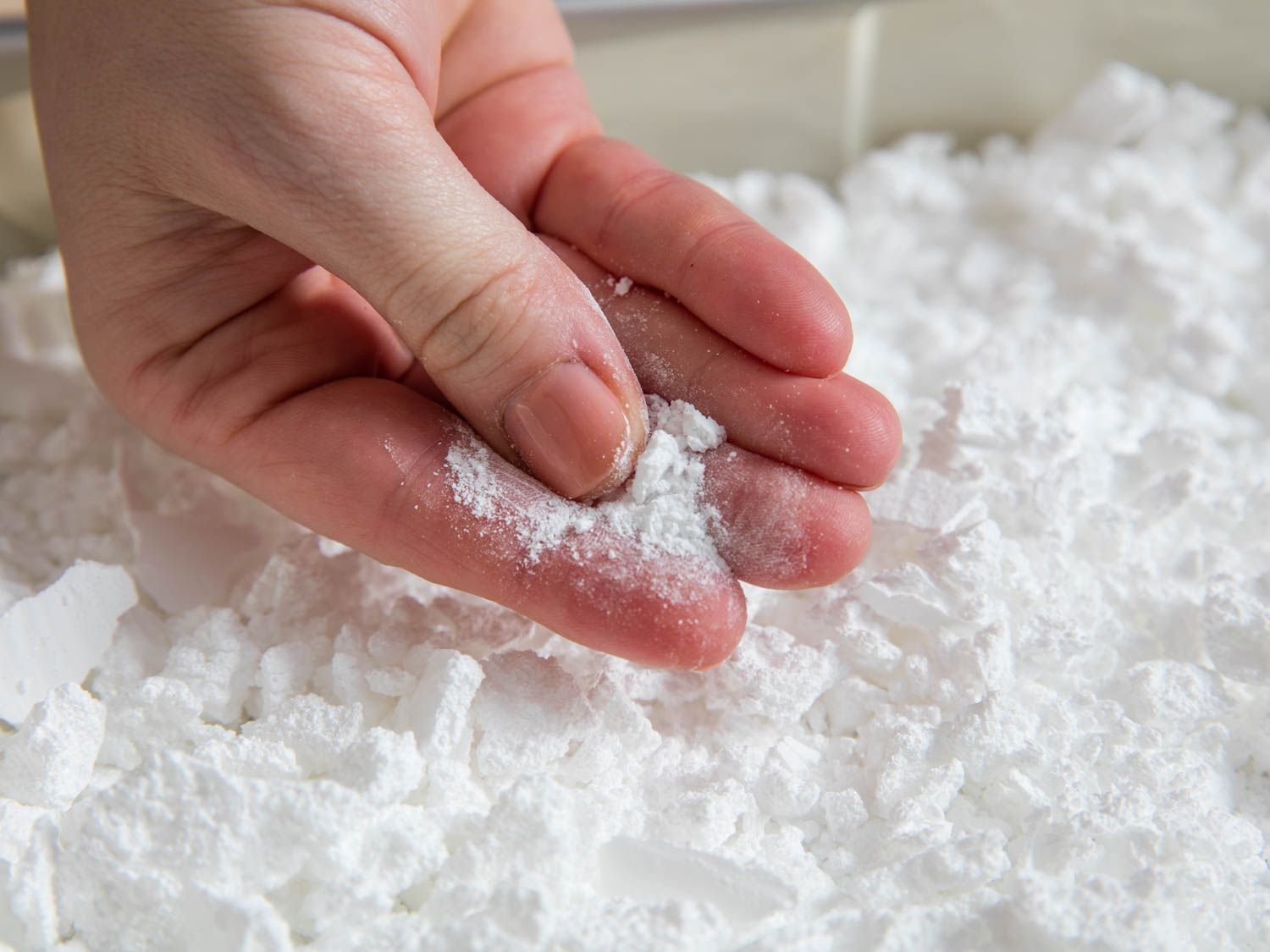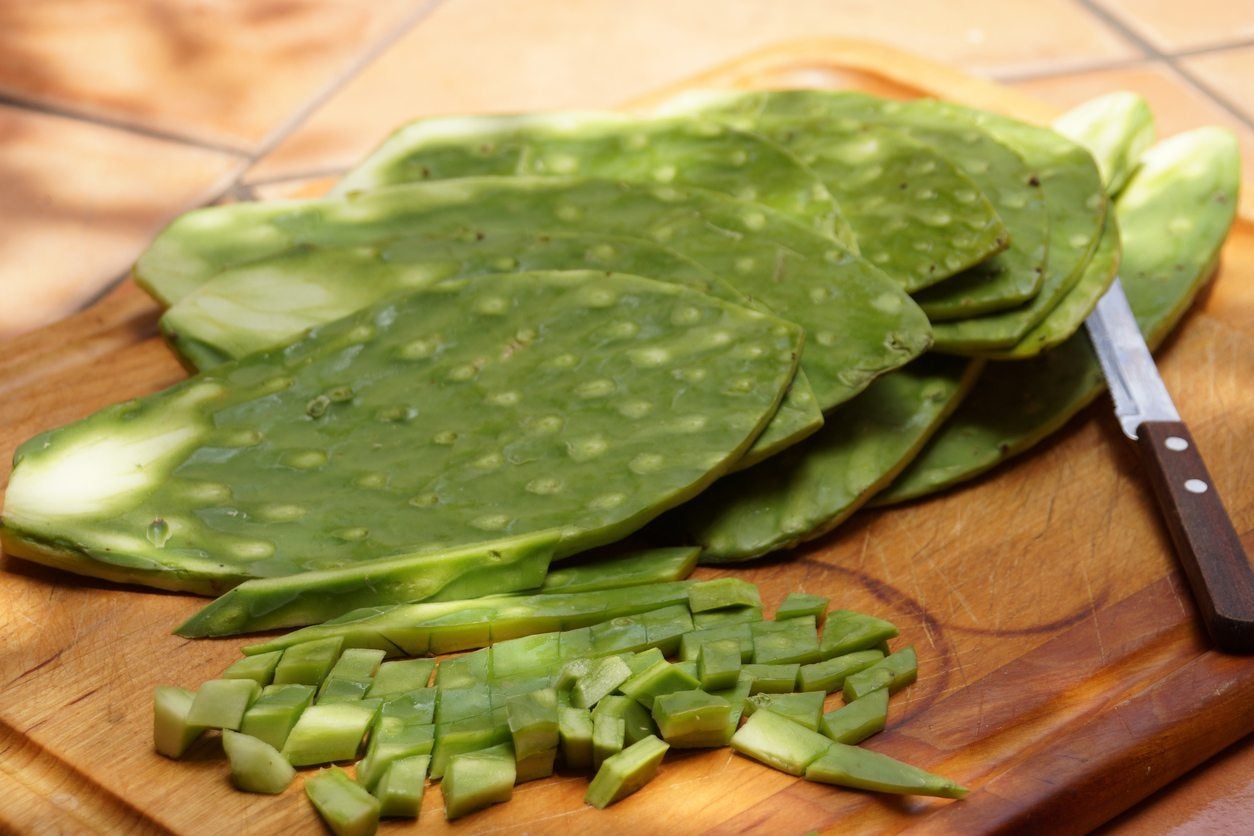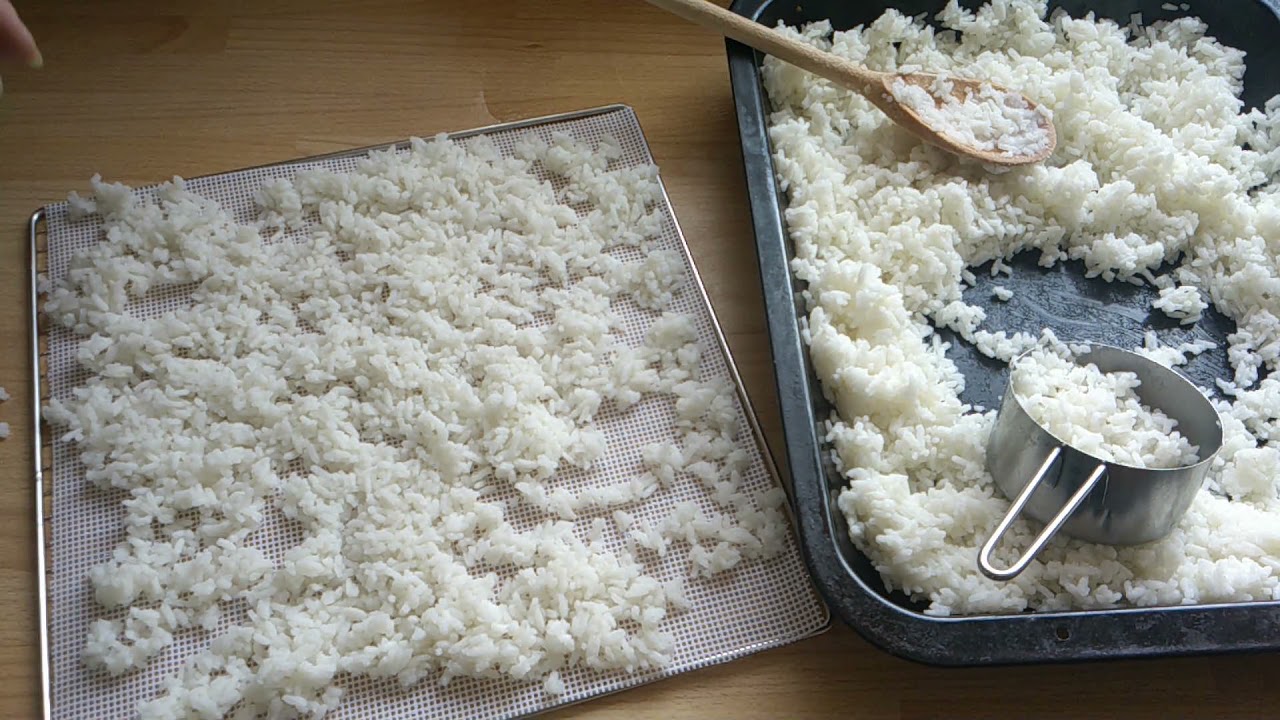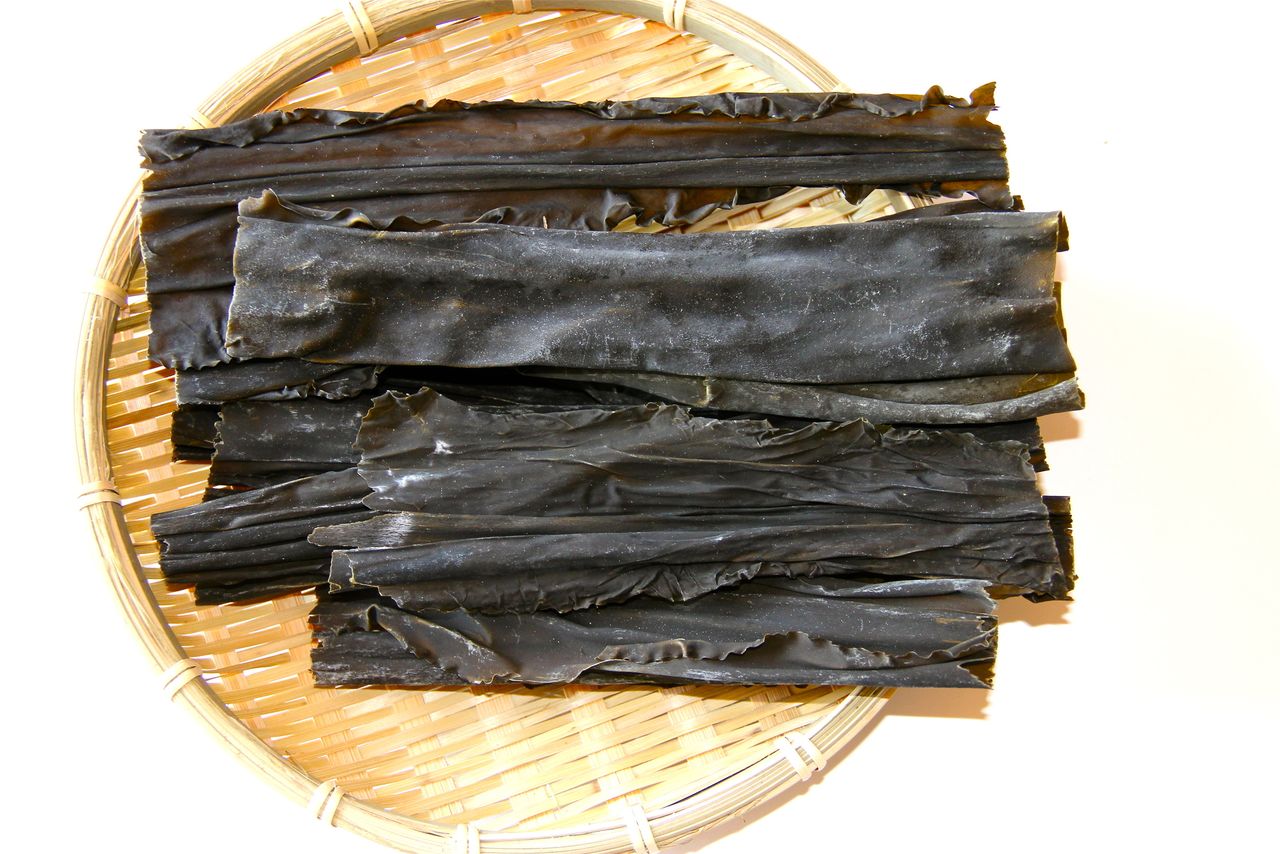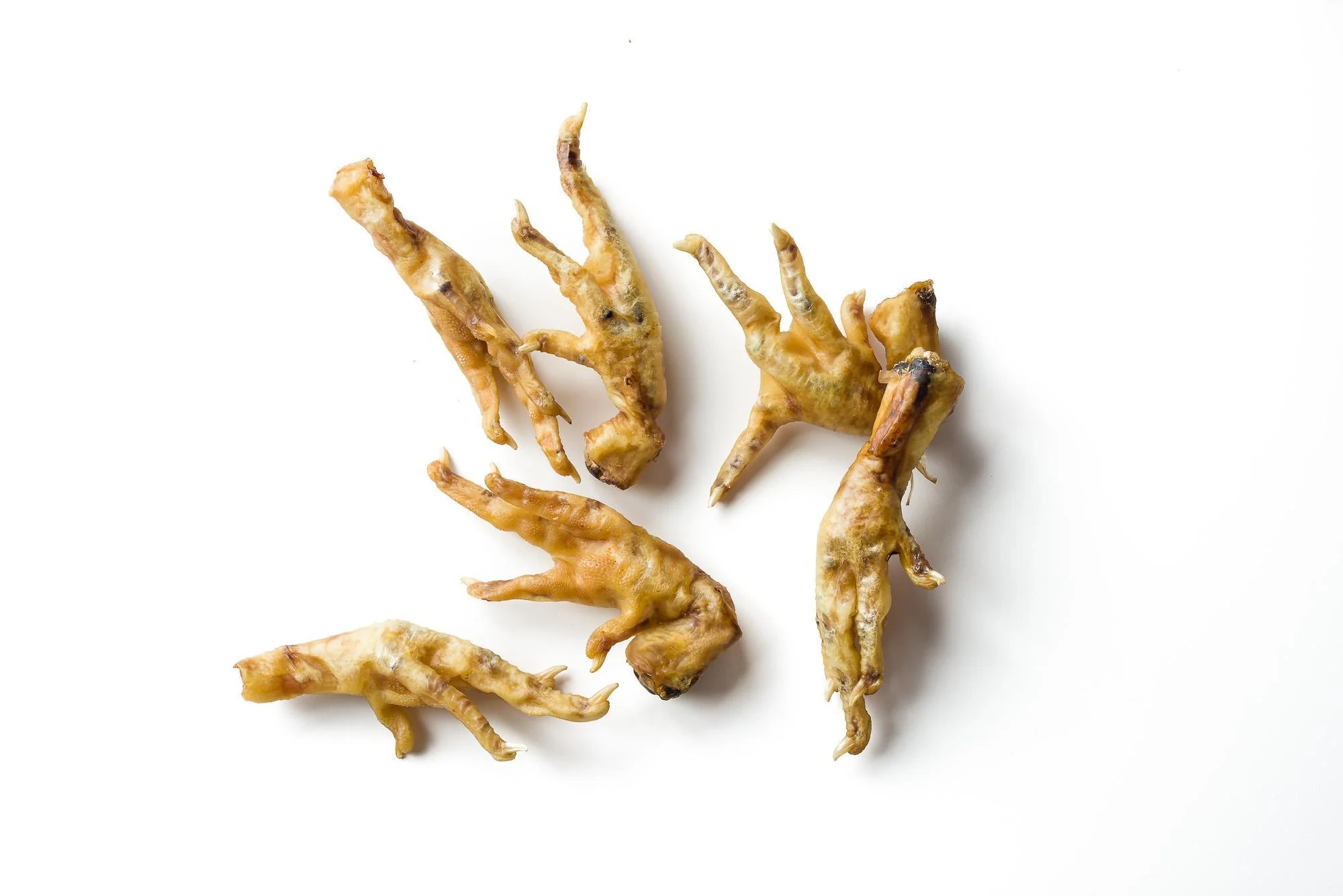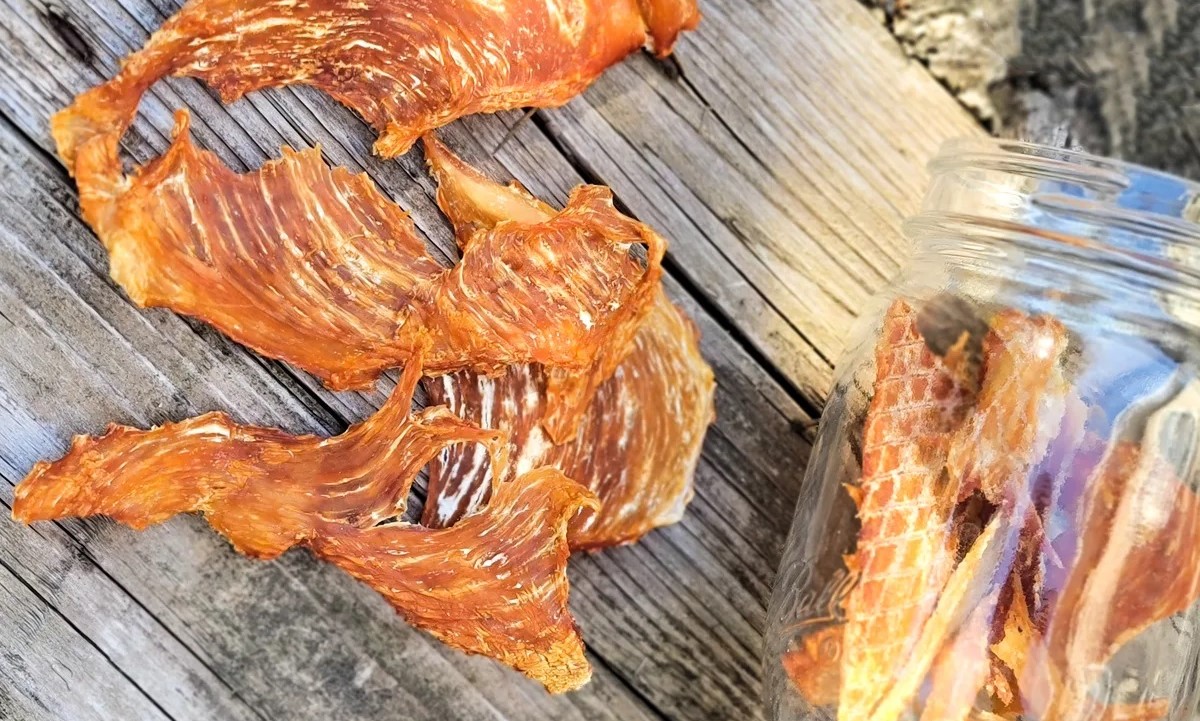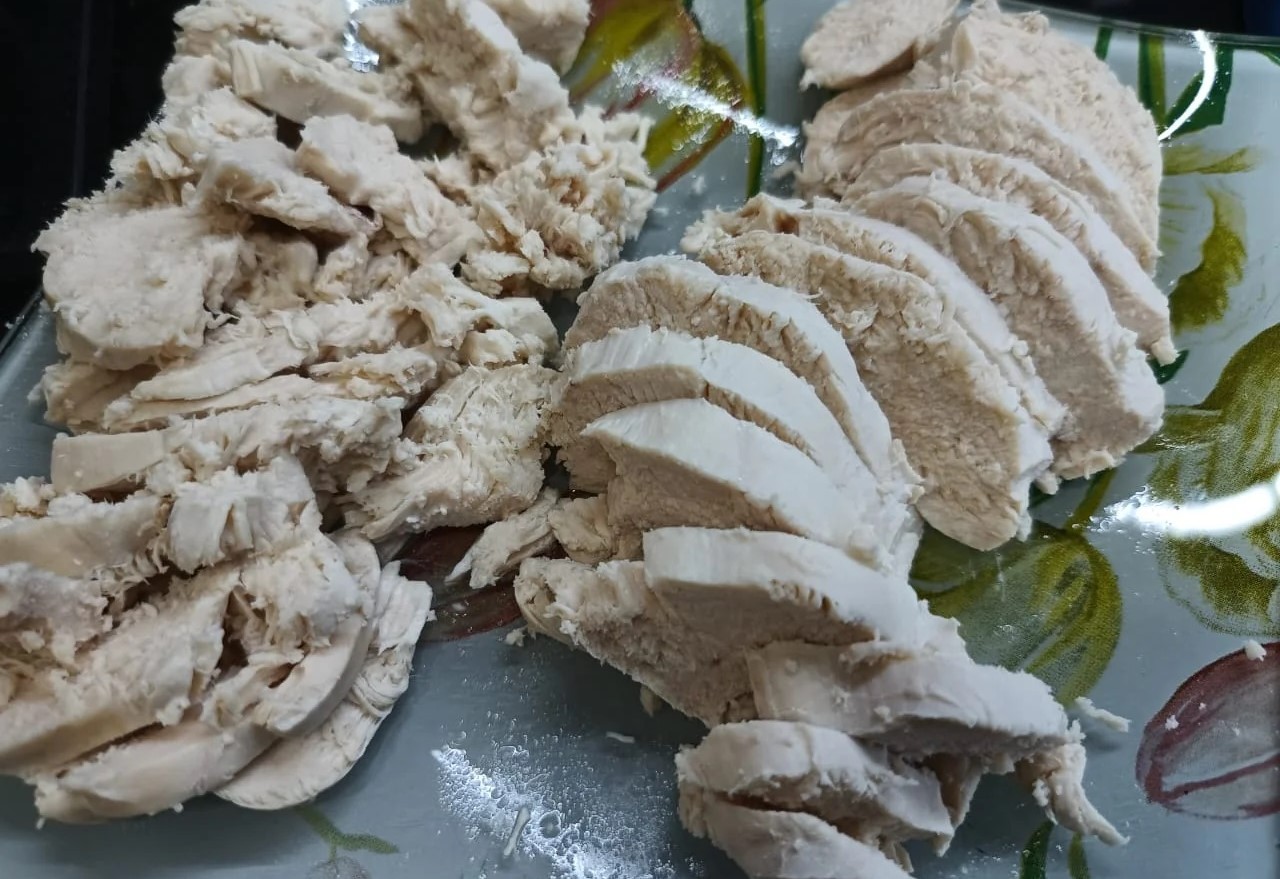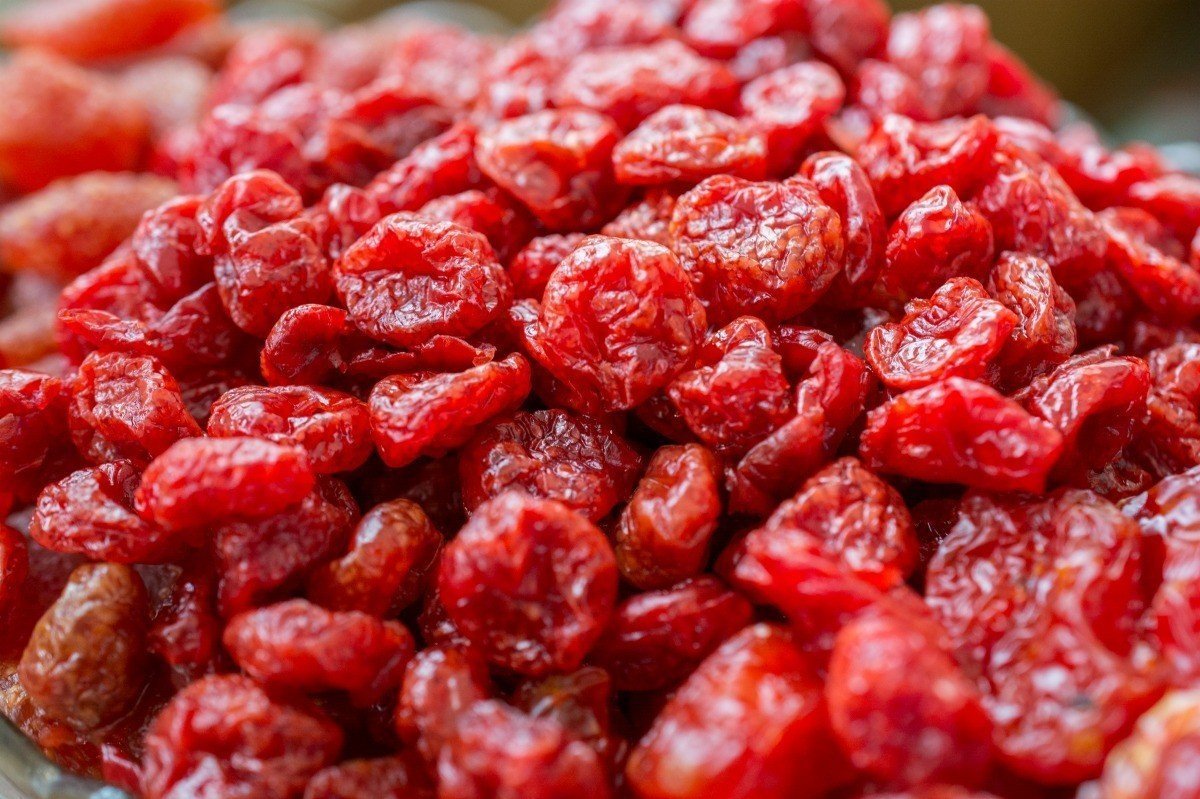Dehydrating Dandelion Leaves: A Nutritious and Sustainable Option
Dehydrating dandelion leaves is a simple and effective way to preserve this nutritious and versatile ingredient. Whether you want to enjoy the health benefits of dandelion leaves year-round or reduce food waste by using every part of the plant, dehydrating dandelion leaves is a great solution. In this guide, we’ll walk you through the process of dehydrating dandelion leaves so you can easily incorporate them into your culinary creations.
Why Dehydrate Dandelion Leaves?
Before we dive into the dehydration process, let’s explore why dehydrating dandelion leaves is worth considering. Dandelion leaves are packed with nutrients, including vitamins A, C, and K, as well as calcium, iron, and antioxidants. By dehydrating dandelion leaves, you can extend their shelf life and retain their nutritional value for an extended period.
Additionally, dehydrating dandelion leaves allows you to reduce food waste. Instead of letting dandelion leaves go to waste when they are in abundance, you can dehydrate them for later use, minimizing the environmental impact of your food consumption.
Steps to Dehydrate Dandelion Leaves
Now that we understand the benefits of dehydrating dandelion leaves, let’s explore the simple steps to do so:
- Harvest Fresh Dandelion Leaves: Ensure you gather dandelion leaves from a clean and pesticide-free area. Look for young, tender leaves for the best flavor and nutritional content.
- Clean the Leaves: Thoroughly wash the dandelion leaves to remove any dirt or debris. Pat them dry with a clean kitchen towel or paper towel.
- Prepare for Dehydration: Lay the dandelion leaves in a single layer on a dehydrator tray. Make sure the leaves are not overlapping to ensure even dehydration.
- Set the Dehydrator: Follow the manufacturer’s instructions for your specific dehydrator model. Generally, dandelion leaves should be dehydrated at a low temperature (around 95°F to 115°F) for 2 to 4 hours.
- Check for Dryness: After the recommended time, check the dandelion leaves for dryness. They should be brittle and crumble easily when touched.
- Store the Dehydrated Leaves: Once the dandelion leaves are fully dehydrated, allow them to cool to room temperature. Store them in an airtight container in a cool, dark place away from direct sunlight.
Utilizing Dehydrated Dandelion Leaves
Now that you have successfully dehydrated dandelion leaves, you can explore various ways to incorporate them into your cooking:
- Herbal Teas: Infuse dehydrated dandelion leaves in hot water to create a refreshing and nutritious herbal tea.
- Seasoning Blends: Crush the dehydrated dandelion leaves into a fine powder and use them as a flavorful addition to spice blends and seasonings.
- Culinary Recipes: Add dehydrated dandelion leaves to soups, stews, salads, and casseroles for an added nutritional boost and a hint of earthy flavor.
Conclusion
Dehydrating dandelion leaves is a simple and sustainable way to make the most of this nutrient-dense ingredient. By following the steps outlined in this guide, you can harness the nutritional benefits of dandelion leaves throughout the year and minimize food waste. Get creative in the kitchen and explore the diverse ways to incorporate dehydrated dandelion leaves into your culinary repertoire.
More Delicious Ways to Use Dehydrated Dandelion Leaves
Having mastered the art of dehydrating dandelion leaves, the culinary possibilities now expand into a diverse range of delicious recipes. Readers can delve into making unique dishes such as Refreshing Dandelion Green Smoothie for a revitalizing beverage, or Savory Dandelion Leaf Seasoning for Roasted Vegetables to enhance their dinner sides. Highly recommended is the Herbaceous Dandelion Leaf Pesto Pasta, perfect for adding a twist to a beloved classic. Each recipe utilizes the dehydrated leaves, offering a nutritious boost and a burst of flavor that makes these dishes stand out. Whether you're looking to integrate these greens into your breakfast, lunch, or dinner, these recipes provide ample opportunity to experiment and enjoy.
Was this page helpful?
Read Next: How To Dehydrate Food In The Sun
